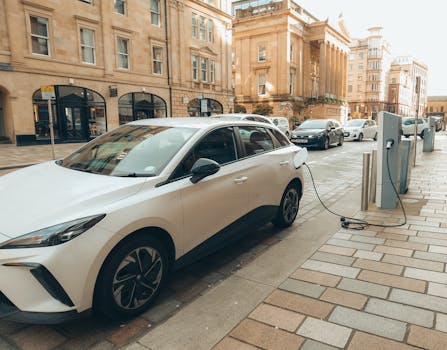
Smart Cities: Urban Trends for 2025
Smart Cities are revolutionizing the way we live, work, and interact with our surroundings. As we approach 2025, it’s essential to explore the latest urban trends that are shaping the future of our cities. Smart Cities are at the forefront of this revolution, leveraging technology, sustainability, and innovation to create better living conditions for their citizens.
Section 1: Introduction to Smart Cities

So, what exactly are Smart Cities? A Smart City is an urban area that uses data and technology to improve the quality of life for its citizens. This can include everything from smart transportation systems to energy-efficient buildings and advanced waste management. The goal of a Smart City is to create a sustainable, livable, and connected community that benefits all its residents.
Section 2: Urban Trends for 2025

As we look to 2025, there are several urban trends that are expected to shape the future of Smart Cities. These include:
- Sustainable Infrastructure: Cities are investing in green infrastructure, such as parks, green roofs, and renewable energy sources, to reduce their carbon footprint and improve air quality.
- Smart Transportation: Electric and self-driving vehicles are becoming increasingly popular, reducing congestion and emissions in urban areas.
- Internet of Things (IoT): The IoT is connecting devices and sensors across cities, enabling real-time monitoring and management of urban systems.
- Artificial Intelligence (AI): AI is being used to analyze data and make predictions, helping cities to optimize their operations and improve public services.
Section 3: Benefits and Challenges of Smart Cities

The benefits of Smart Cities are numerous, including:
- Improved Quality of Life: Smart Cities offer a higher quality of life for their citizens, with access to better healthcare, education, and transportation.
- Increased Efficiency: Smart Cities are more efficient, with reduced energy consumption and waste management costs.
- Enhanced Economic Growth: Smart Cities attract businesses and investment, stimulating economic growth and job creation.
However, there are also challenges associated with Smart Cities, including:
- Data Privacy: The collection and use of personal data in Smart Cities raises concerns about privacy and security.
- Digital Divide: The increasing reliance on technology in Smart Cities can exacerbate the digital divide, leaving some citizens behind.
- Infrastructure Costs: The implementation of Smart City infrastructure can be costly, requiring significant investment from cities.
Section 4: Conclusion and Future Outlook

In conclusion, Smart Cities are transforming the way we live and interact with our surroundings. As we approach 2025, it’s essential to continue investing in sustainable infrastructure, cutting-edge technology, and innovative solutions to create better living conditions for all citizens. While there are challenges associated with Smart Cities, the benefits far outweigh the costs, and it’s exciting to think about what the future holds for these urban trends.





